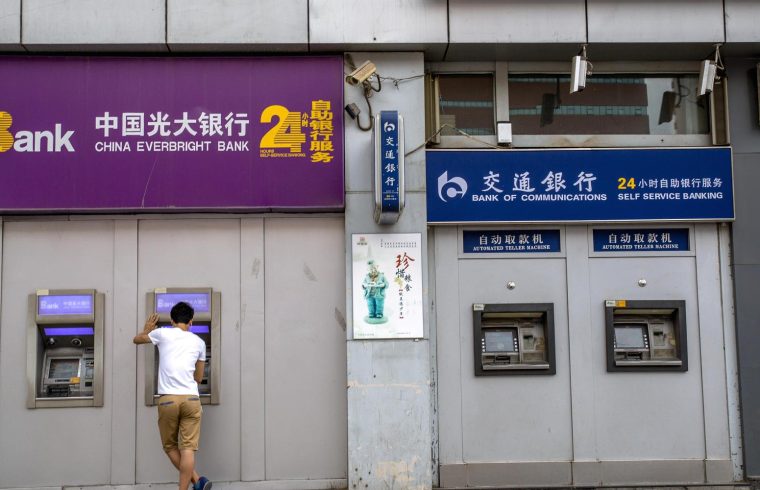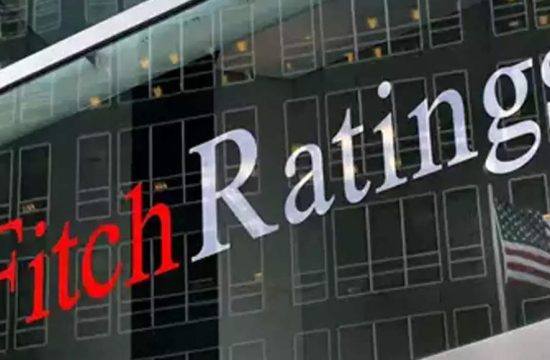
Many banks in Asia have seen asset quality deteriorate in a difficult post-crisis climate, but the rise in non-performing loans should be assessed in the context of that environment, Singapore’s central bank chief said on Monday.
“Banks are in the business of inter-mediating risks. When risks materialize, as they sometimes do when those who borrow get into difficulties, NPLs must rise,” Ravi Menon, managing director of the Monetary Authority of Singapore, said in his opening remarks at the 2017 Symposium on Asian Banking and Finance in the city state.
“This may be odd for a regulator to say, but if NPLs did not rise at all during difficult times, then the banks are probably not lending enough, they’re not taking on sufficient risks to promote business expansion or enterprise,” he added.
A Reuters data analysis last year found bad loans at 74 major listed Asian banks, excluding Indian and Japanese lenders, reached $ 171 billion at the end of 2015. That was the highest since 2008 and 28 percent higher than a year earlier. Concerns over mounting debt levels in Asia have resulted in several changes in the region, including a recent downgrade in China’s rating by Moody’s.
Rising levels of bad loans, coupled with weaker economic growth and prolonged easy monetary policy, have also affected returns by Asian banks, Menon noted.
But Asian banks are in a better position to grow compared to their European counterparts, some of which have withdrawn from the region by selling their Asian business units, Menon said. He noted that Asia’s growth is expected to average around 6 percent in the next five years, compared to the global average of 3.7 percent.
On bad debt, he said, it is more important that banks manage that risk by “proactively and conservatively” setting aside enough money to cover those loans.
“Take for example Singapore. NPLs have risen amidst the weakening environment and emerging asset quality risks in the oil and gas sector, which has been weighed down by low oil prices… Banks in Singapore have made adequate provisions. The overall provisioning cover for the banking system, as a percentage of total unsecured NPLs, is about 100 percent. The local banks’ provisioning cover is even higher at above 200 percent,” he said.
“The good news for Asian banks is these cyclical headwinds will pass in time. Growth is recovering, monetary policy is normalizing and commodity prices are stabilizing.”






